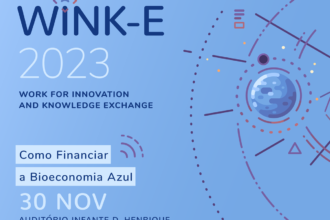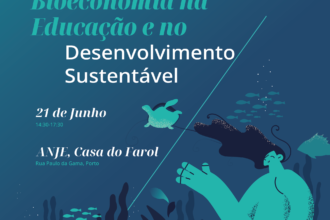Blue Biotechnology: Using Marine Molecules for Wellbeing
Over the years there has been an increased interest in minimizing food loss during the marine value chains. The most common strategies for improving the use of fish co-products include animal feed ingredients, biofuel, biogas, fertilizers and fish silage. Although fish co-products don’t appear to be appetizing, they are full of valuable nutrients, and therefore have multiple usages. This is due to their high amounts of bioactive compounds and an increased nutritional and therapeutic value that provide opportunities to improve human wellbeing. These include proteins, minerals, essential amino acids, vitamins, together with essential fats such as long-chain omega-3 polyunsaturated fatty acids (PUFAs).
Innovations in the field of Blue Biotechnology allow to transform marine resources into services and goods for life sciences industries: food, cosmetics and pharmacology.
In the food industry, fish protein concentrates (FPCs) can be incorporated in fish sausages, pâté, cakes, fish bone snacks, pasta, soups and sauces. Other type of by-product, fish gelatin is an odorless, tasteless thickening agent used in both savory cooking and pastry. Flour made from fish remnants is commonly used to feed animals and has also been tested as an add on to wheat flour to increase its protein and mineral content in bread or pasta. Omega-3 is also included in human foods like margarines, pastries or dietary supplements.
Regarding cosmetics, fish co-products like guanidine (extracted from fish scales) can be found in lipsticks, eyeshadows, cleansing products or nail polish. Fish collagen is also used to keep the intercellular layers of the skin hydrated and wrinkle-free.
In addition to their various classical uses, fish co-products are increasingly gaining attention for pharmaceutical applications as they offer a significant source of high-value bio-compounds, due to the high content of collagen, enzymes, peptides, PUFAs and minerals. For instance, chitin and its derivative chitosan are potential sources of antimicrobial, anti-inflammatory and antioxidant substances. Inorganic calcium can also be extracted from fish bones and is used as food supplement and bone substitutes for medical applications.
At B2E CoLAB we are committed to extend the use of marine co-products by learning from Norway and Iceland countries that are leaders in maximizing the value of each fish. Through the Roadmap4MarineCoproducts project we will identify the best circular economy business ideas and practices also in Portugal





